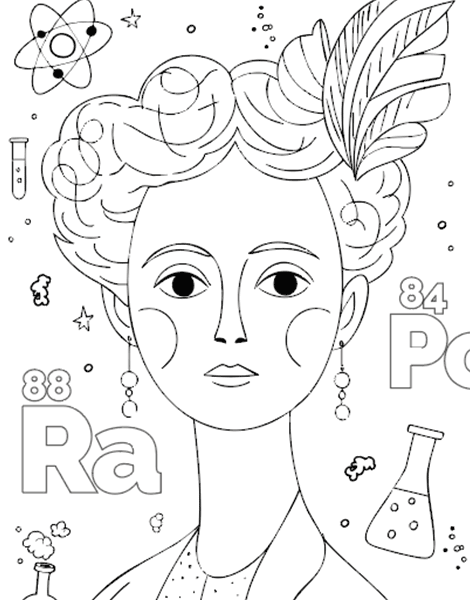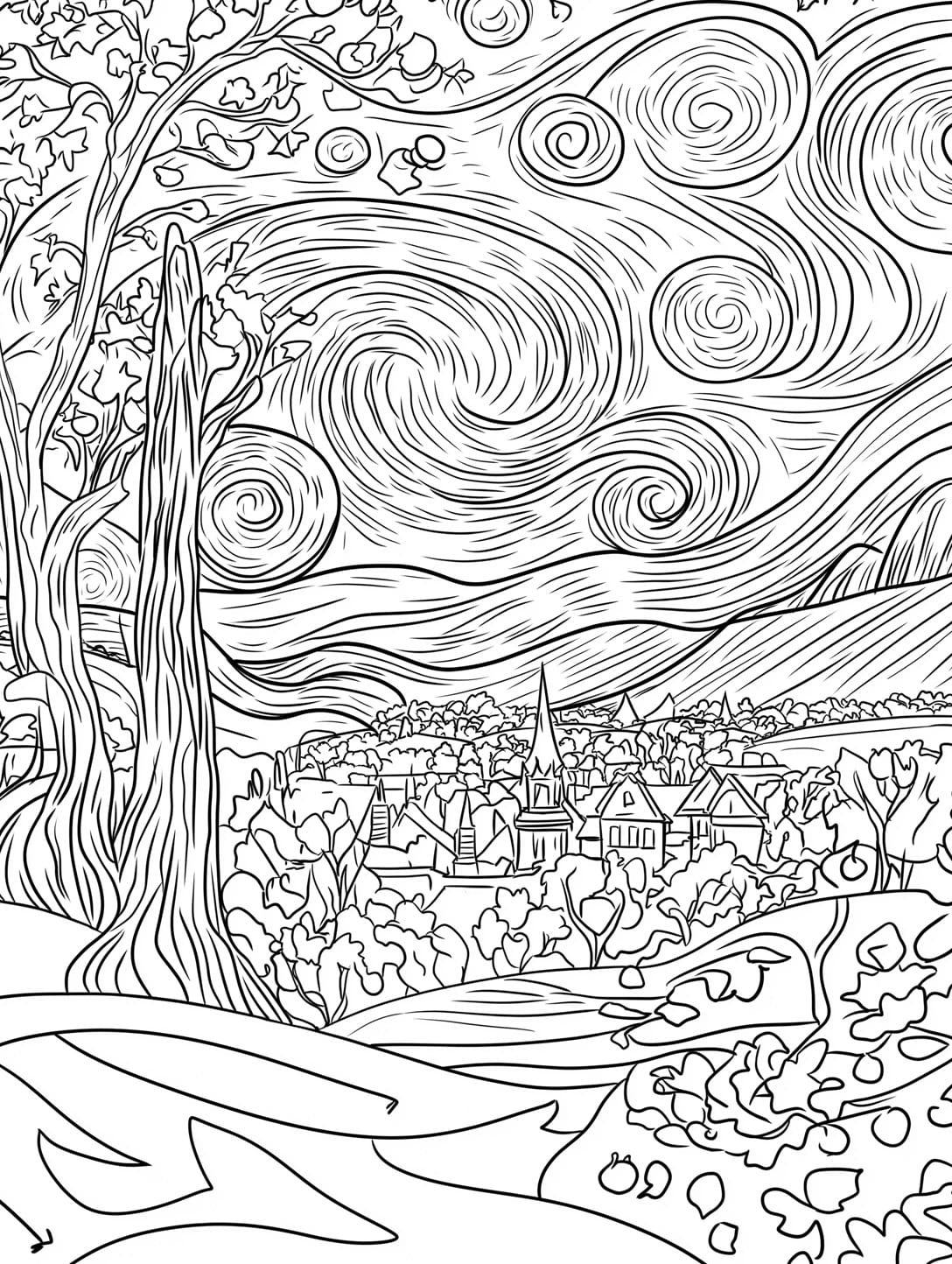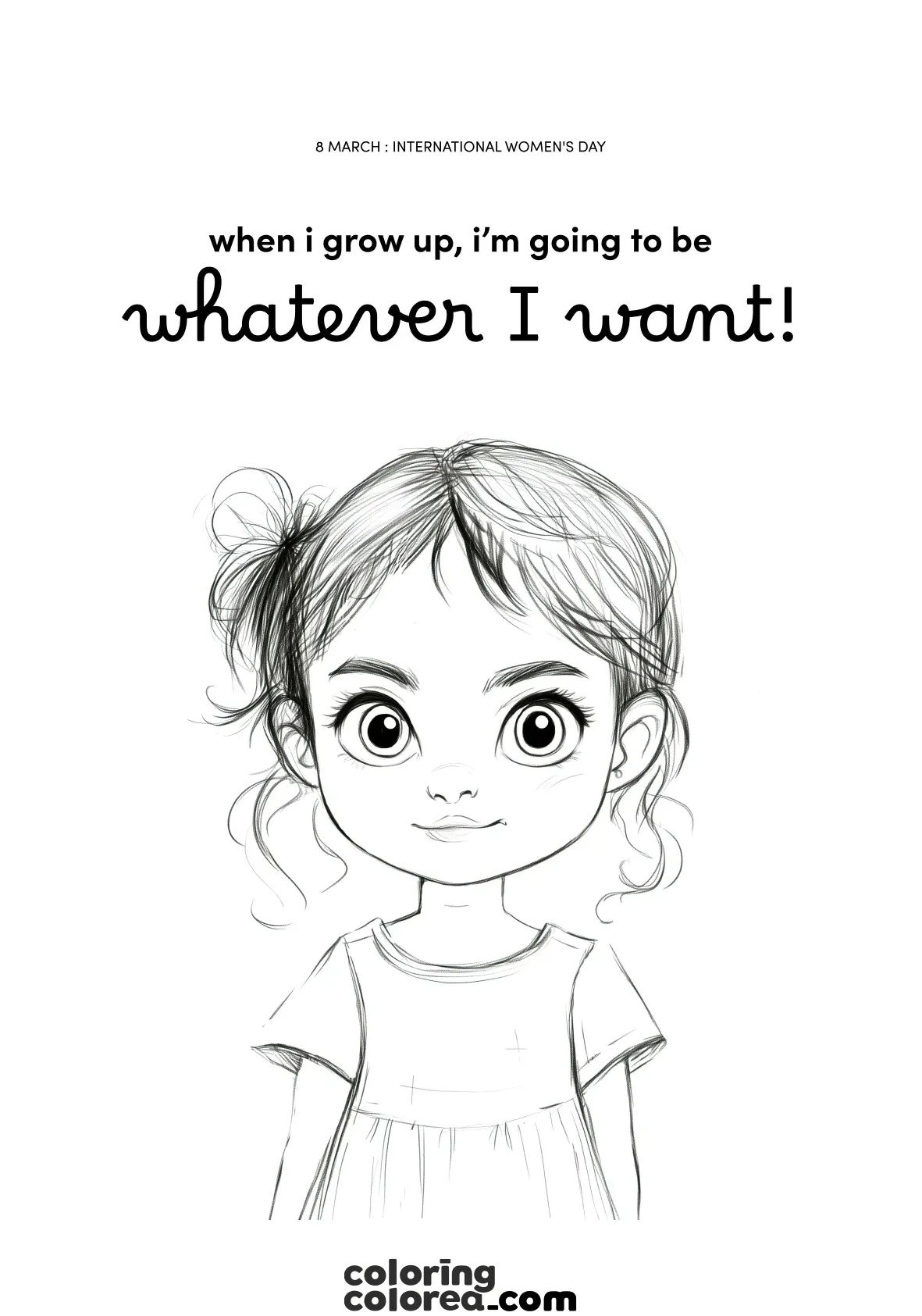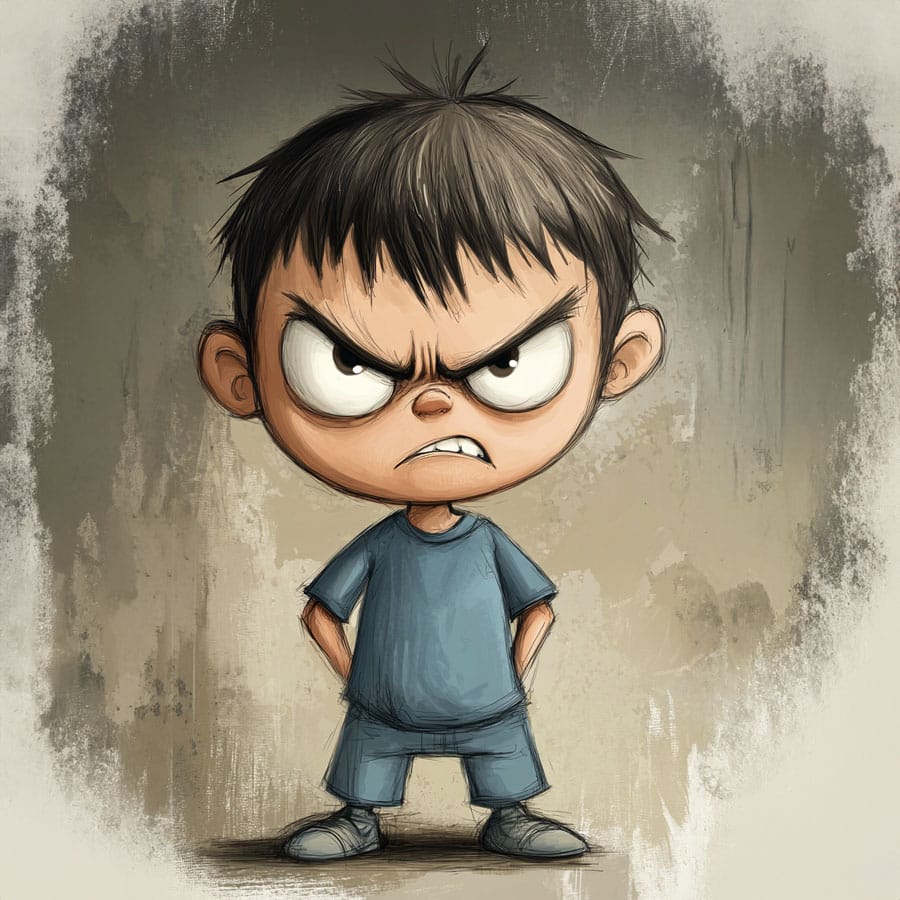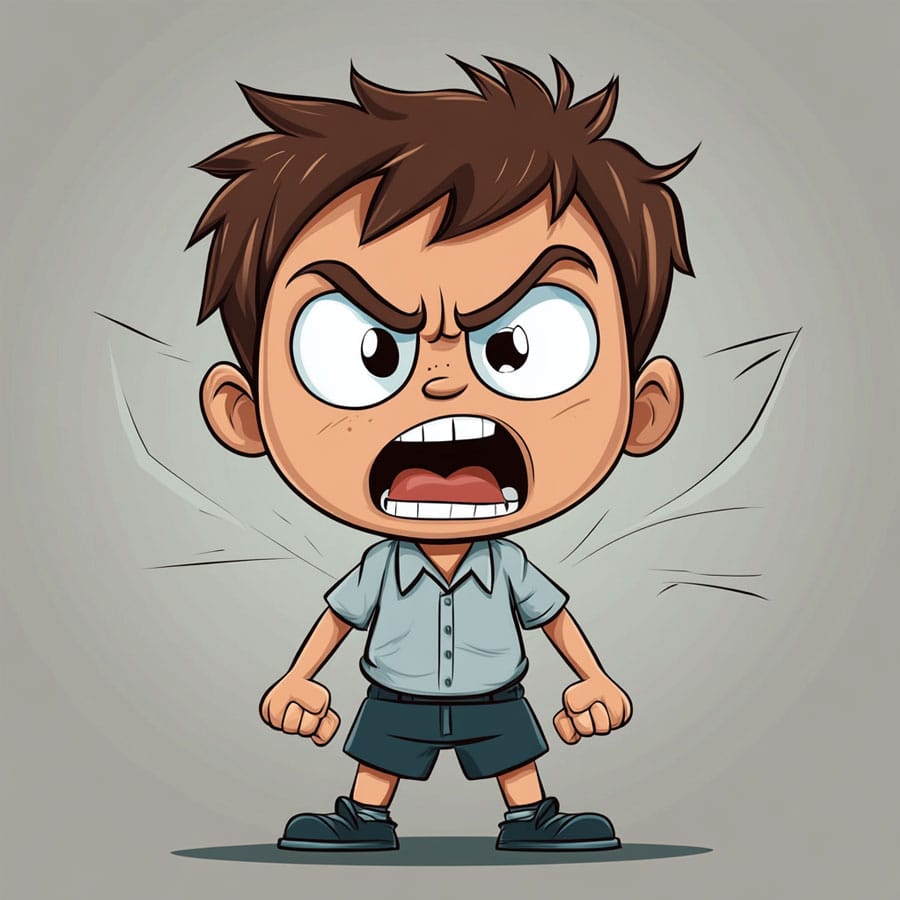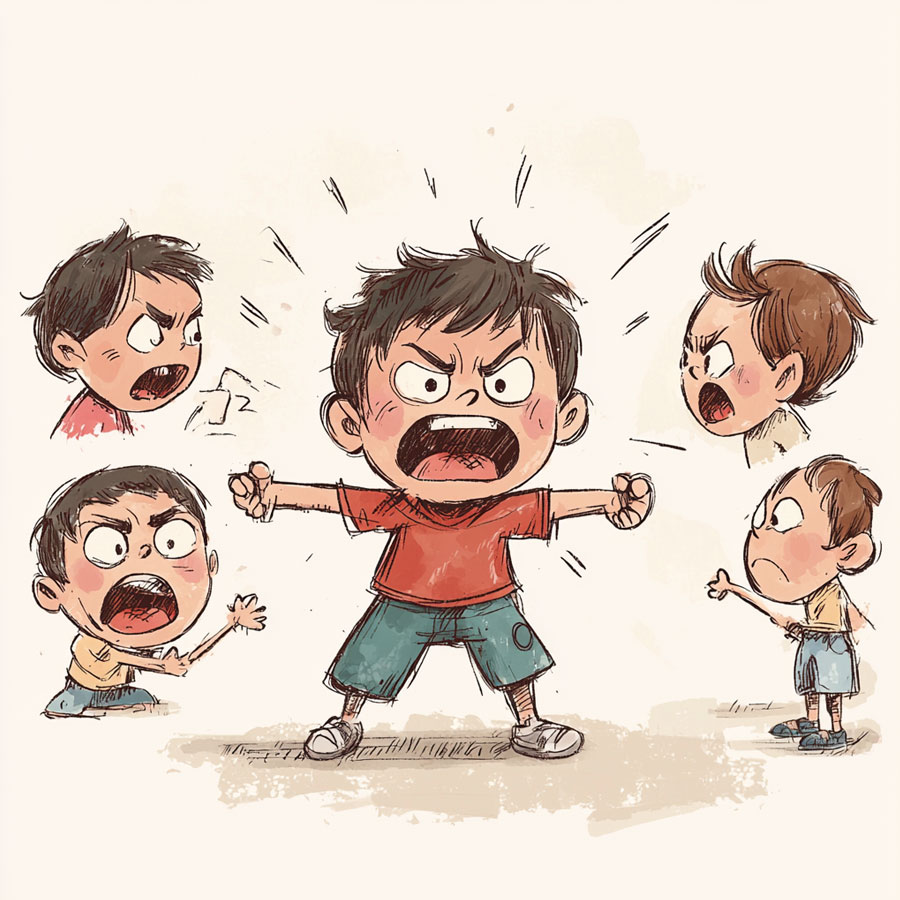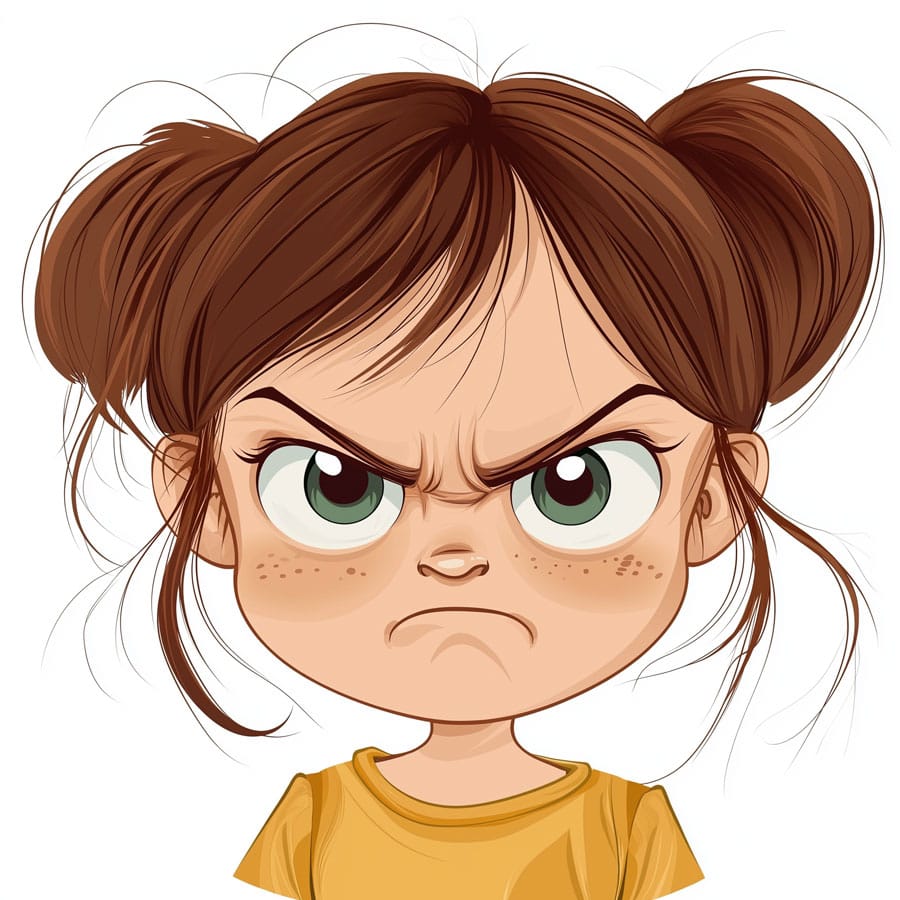How to Color This Angry Character
- Skin: Choose any skin tone you like — light, medium, or dark. Add some soft red to the cheeks, ears, and nose to show that he’s feeling heated. Light pressure with a colored pencil or a bit of crayon works best.
- Hair: Pick a color that fits your character — brown, black, blonde, or even something bold like green or red. Start with a base color and add darker strokes at the roots or in clumps for texture and volume.
- Eyes and Eyebrows: Use brown, blue, or green for the irises. Make the eyebrows bold and slightly darker to highlight his expression. Leave a small white spot in each eye to create a light reflection — it makes the character feel alive.
- Shirt and Pants: Use colors to reflect his mood. Red or orange can express strong anger; dark blue or gray gives a serious tone. Shade the folds and edges to make the clothing look more realistic.
- Shoes: Any color works, but if you want contrast, use complementary tones. Add light gray shadows and white highlights to show texture.
- Ground or Background (optional): Add a light gray or brown floor beneath his feet. If you want, draw a scene around him — maybe something that shows why he’s upset, like spilled toys or a broken crayon.
Let’s Talk About Emotions: Understanding Anger
Anger is a normal and natural emotion. We all feel it — when something isn’t fair, when someone ignores us, or when things don’t go our way. This boy might be feeling exactly that. And it’s okay to feel angry.
What’s important is how we handle it:
-
Take deep breaths or count to 10.
-
Talk to someone you trust.
-
Draw or color to express what you feel.
Coloring a character who looks angry can actually help us let go of our own frustration. When we give color to their emotions, we connect with our own in a safe and creative way.
Psychopedagogical Goals
-
Emotional recognition:
Learn to identify visible signs of anger (facial expressions, posture, clenched fists).
-
Projection and empathy:
Through color choices, the child reflects their inner state: intense red might mean strong anger; dark blue could show hidden sadness.
-
Emotional vocabulary development:
After coloring, encourage the child to name the emotion they see, feel, or think the character is feeling.
-
Emotional regulation:
Coloring activates a calming effect in the nervous system. The child shifts from emotional reactivity to reflection.
-
Creative resolution:
Ask follow-up questions:
– What do you think happened to him?
– What could help him calm down?
– What helps you when you feel angry?
-
Self-awareness:
Children might recognize themselves in the character and normalize their emotional experiences.

